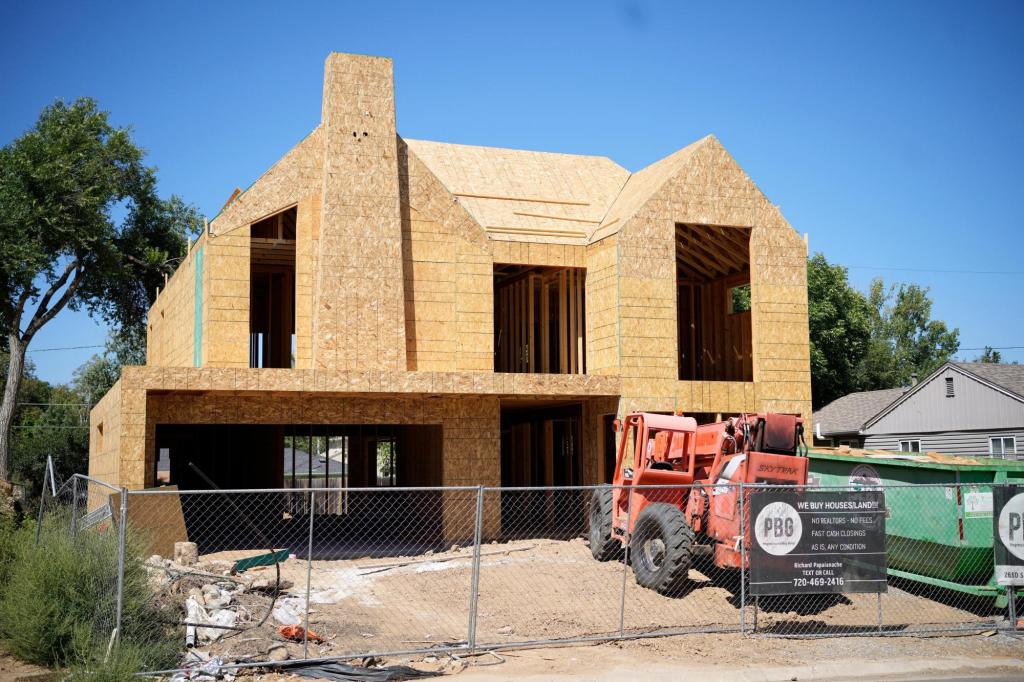By Alex Veiga | The Associated Press
The average long-term U.S. mortgage rate rose to its highest level in five weeks, a setback for prospective homebuyers during what’s traditionally the busiest time of the year for home sales.
The average rate on a 30-year mortgage rose to 6.88% from 6.82% last week, mortgage buyer Freddie Mac said Thursday. A year ago, the rate averaged 6.27%.
Also see: Will a mortgage rate spike squash home price hikes?
When mortgage rates rise, they can add hundreds of dollars a month in costs for borrowers, limiting how much they can afford at a time when the U.S. housing market remains constrained by relatively few homes for sale and rising home prices.
Rates have been mostly drifting higher in recent weeks as stronger-than-expected reports on employment and inflation have stoked doubt among bond investors over how soon the Federal Reserve will move to lower its benchmark interest rate. The central bank has signaled that it expects to cut its short-term rate three times this year once it sees more evidence of cooling inflation.
Related: 58% of Americans don’t think they’d qualify for a mortgage
On Wednesday, Treasury yields jumped in the bond market following a report showing that inflation was hotter last month than economists expected. The March consumer prices report was the third straight showing inflation readings well above the Fed’s 2% target. A report on Thursday showed inflation at the wholesale level was a touch lower last month than economists expected.
The yield on the 10-year Treasury, which lenders use as a guide to pricing loans, jumped to 4.57% on Thursday afternoon, it’s highest level since November. How the bond market reacts to the Fed’s interest rate policy, the moves in the 10-year Treasury yield, as well as other factors can influence mortgage rates.
After climbing to a 23-year high of 7.79% in October, the average rate on a 30-year mortgage has remained below 7% since early December, though it…
Read the full article here







